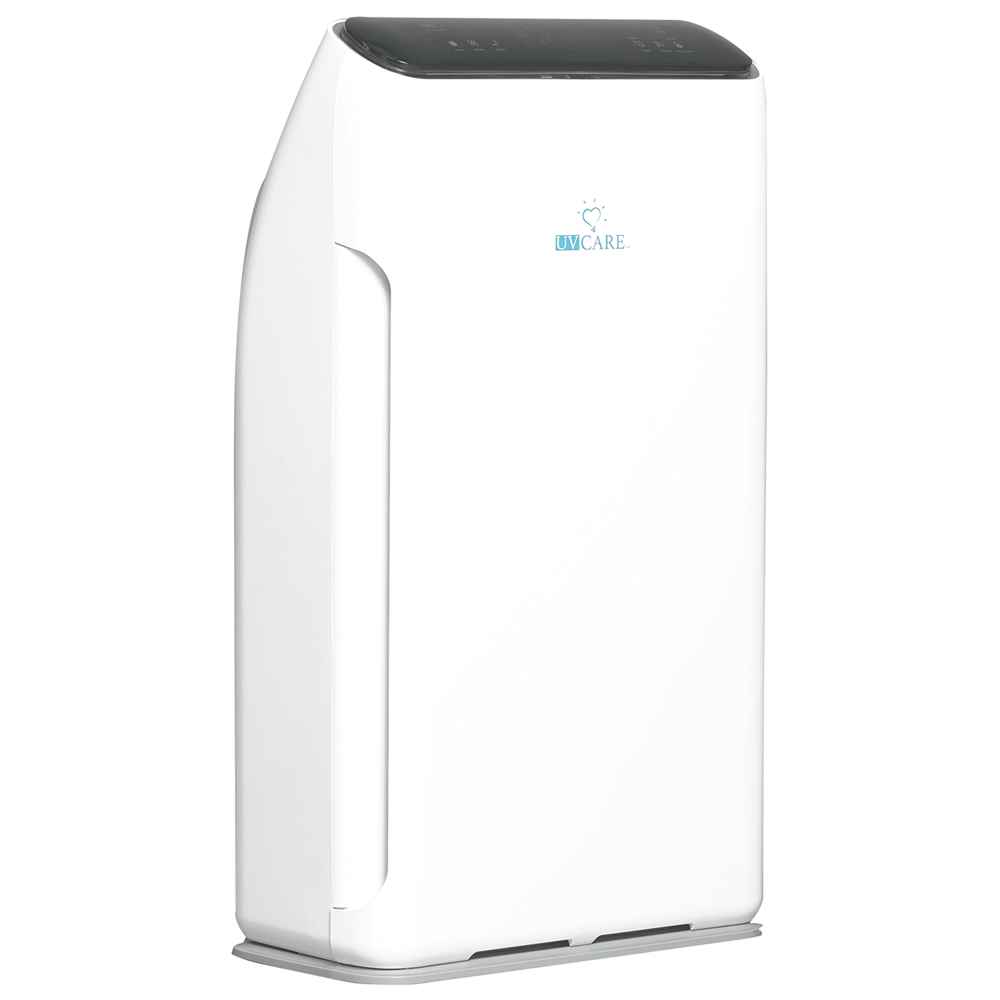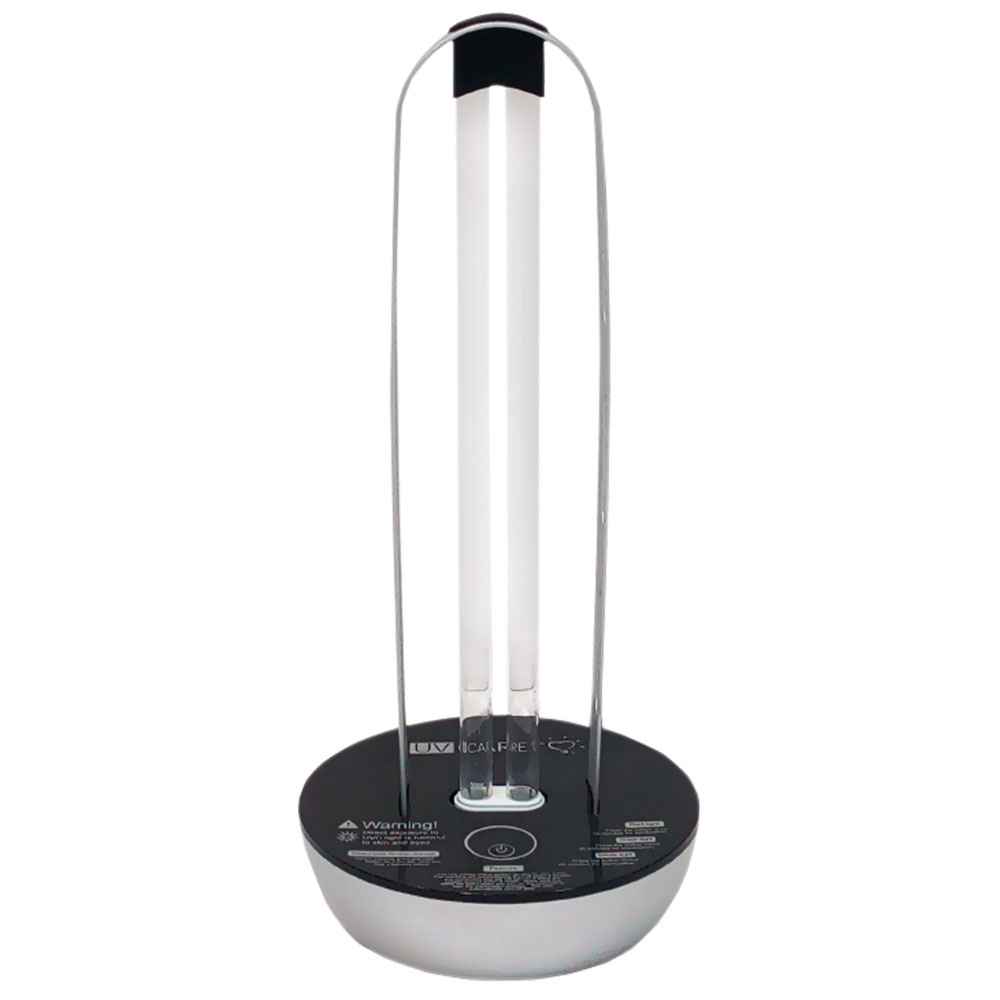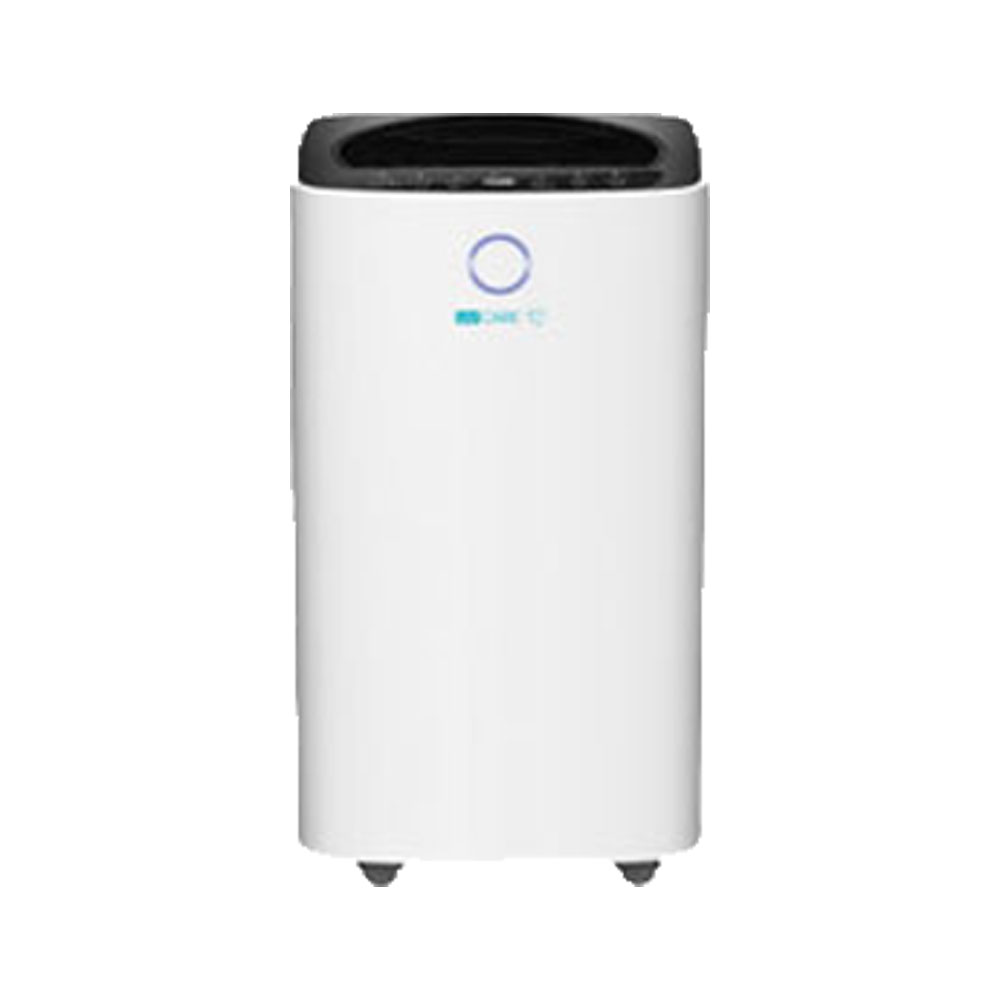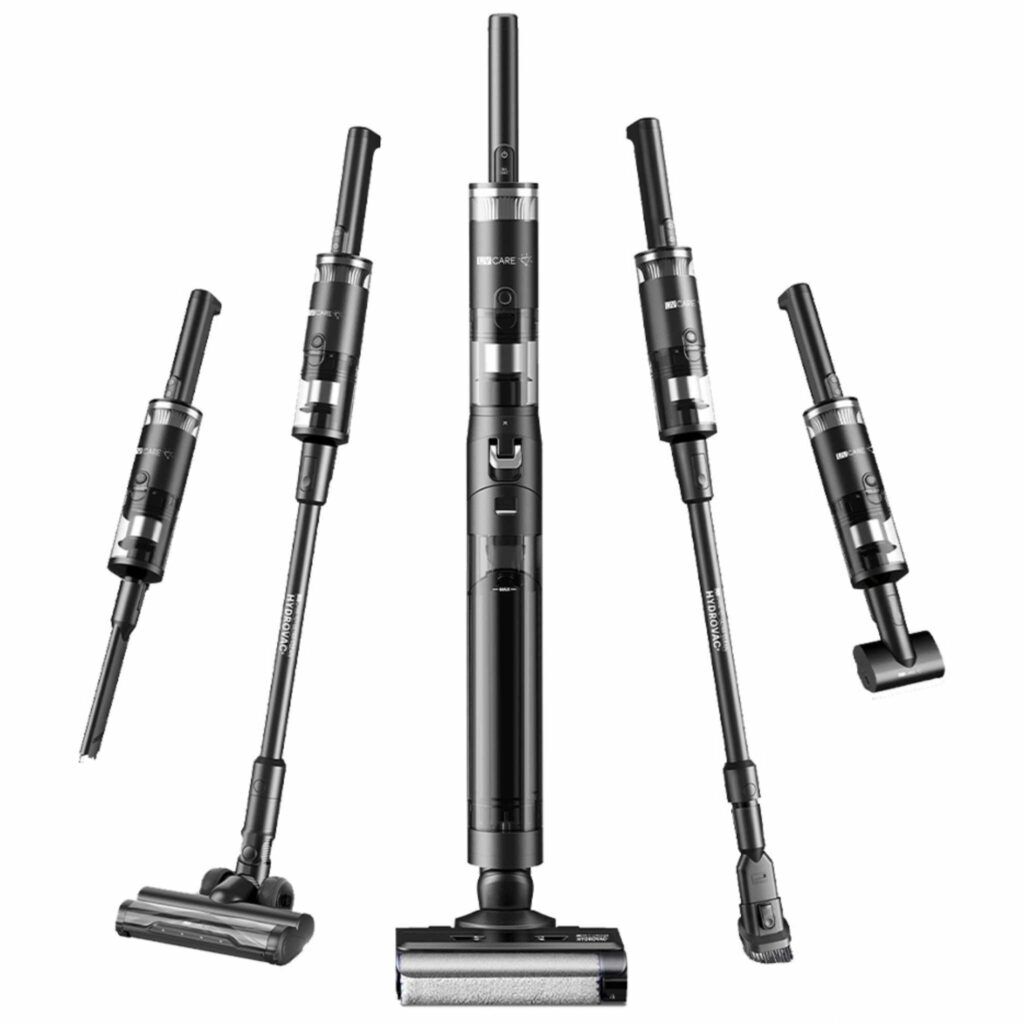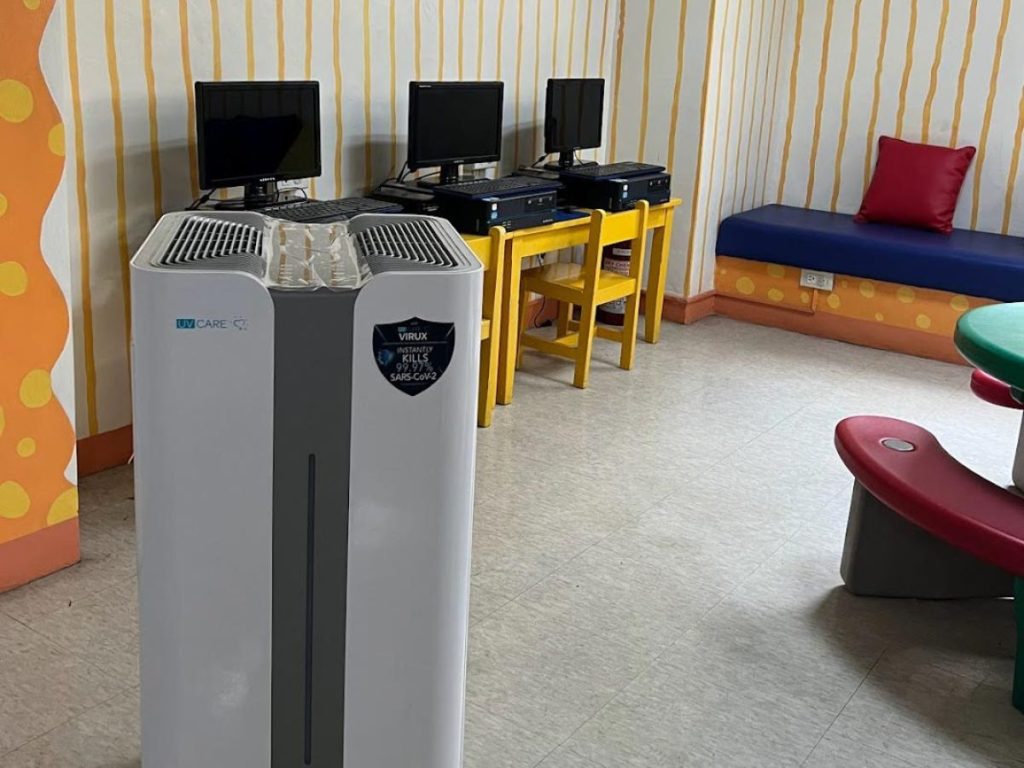
Understanding the role of air purifiers in eliminating dust
Air purifiers play a crucial role in eliminating dust and improving indoor air quality. Dust is a common indoor pollutant that can have adverse effects on our health, especially for those with respiratory conditions or allergies. Dust particles can trigger sneezing, coughing, and other allergy symptoms, making it essential to address this issue effectively.
Air purifiers are designed to capture and remove these dust particles from the air, providing a cleaner and healthier living environment. By drawing in the air and passing it through a series of filters, air purifiers are able to trap even the smallest dust particles, including those that are invisible to the naked eye. This helps to reduce the amount of dust accumulation on surfaces, furniture, and other household items, ultimately leading to a cleaner and more comfortable indoor space.
Furthermore, air purifiers can also help to remove other airborne contaminants, such as pollen, pet dander, and even certain types of bacteria and viruses. By improving the overall air quality, air purifiers can contribute to a healthier and more enjoyable living experience, especially for individuals with respiratory sensitivities or allergies.

How air purifiers work to filter out dust particles
How air purifiers work to filter out dust particles
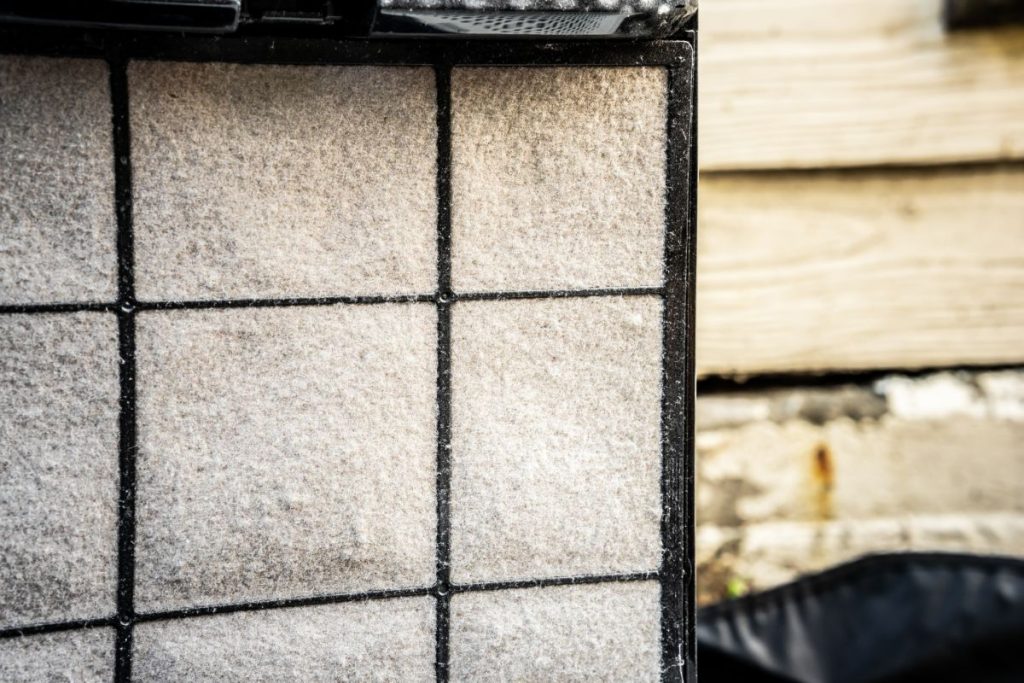
The different types of air purifiers available in the market
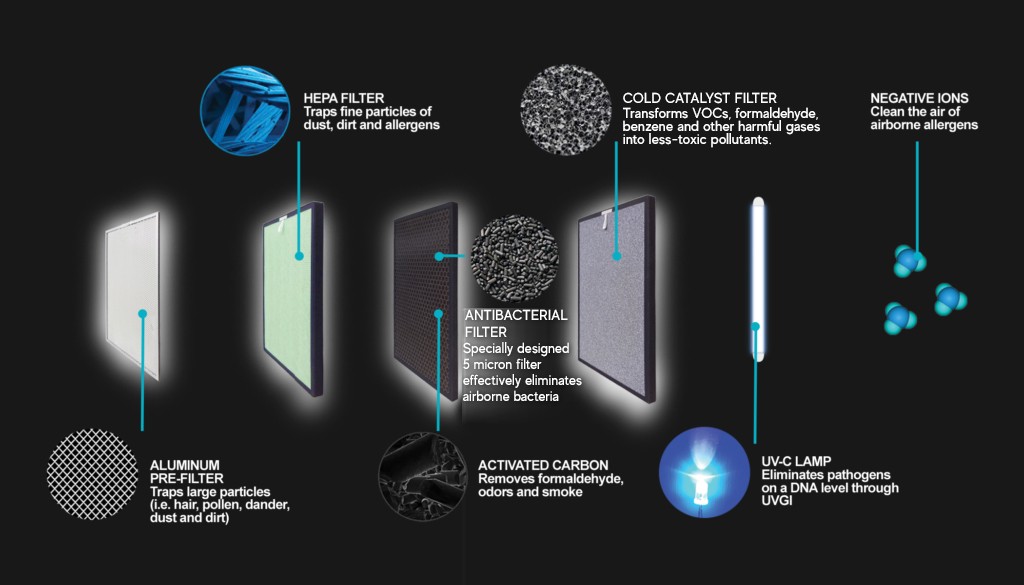
The importance of choosing the right air purifier for your needs
10 ways an air purifier can help eliminate dust and improve indoor air quality
- Trapping Dust Particles: Air purifiers with HEPA filters can effectively capture dust particles, including those as small as 0.3 microns, helping to reduce the amount of dust circulating in the air and settling on surfaces.
- Reducing Allergens: By removing dust, pollen, and other allergens from the air, air purifiers can provide relief for those with allergies or respiratory conditions, such as asthma.
- Preventing Dust Buildup: With an air purifier continuously cleaning the air, you’ll notice a significant reduction in the amount of dust accumulating on surfaces, furniture, and electronics, making your home easier to maintain and clean.
- Improving Respiratory Health: Exposure to high levels of dust can irritate the respiratory system and exacerbate existing conditions. Air purifiers help minimize this exposure, promoting better respiratory health and overall well-being.
- Enhancing Air Circulation: Many air purifiers are equipped with powerful fans that help circulate the air, ensuring that the purified air is distributed evenly throughout the room or home, further improving indoor air quality.
- Neutralizing Odors: In addition to trapping dust, some air purifiers also employ activated carbon filters that can effectively remove unpleasant odors, leaving your home with a fresh and clean scent.
- Reducing Dust Mite Populations: Dust mites, which thrive in dusty environments, can be a significant trigger for allergy and asthma sufferers. Air purifiers can help reduce the population of dust mites, providing relief for those affected.
- Protecting Electronic Devices: Dust can accumulate on electronic devices, such as computers, televisions, and appliances, leading to decreased performance and potential damage. An air purifier can help prevent this buildup, extending the lifespan of your electronic equipment.
- Improving Sleep Quality: Dust and other airborne pollutants can disrupt sleep and contribute to respiratory issues. By purifying the air, air purifiers can create a more comfortable and healthier sleeping environment.
- Enhancing Indoor Air Quality Monitoring: Many modern air purifiers are equipped with advanced sensors that can detect and monitor indoor air quality, allowing you to make informed decisions about when to adjust the purifier’s settings or take other measures to improve air quality.
The Best Practices for an Allergen-Free Home
Beyond Vacuuming
Vacuuming is just one part of keeping your home allergen-free. Here are some additional tips:
- Damp Dusting: Use a damp cloth instead of a dry duster to avoid stirring up dust.
- Wash Bedding Regularly: Clean sheets, pillowcases, and duvet covers weekly in hot water.
- Control Humidity: Use a dehumidifier to keep humidity levels low and discourage dust mites.
- Keep Pets Clean: Regularly groom and bathe your pets to reduce dander.
Creating an Allergy-Free Sanctuary
- Choose Hard Flooring: Carpets can harbor dust mites and other allergens. Consider switching to hard floors.
- Use Allergen-Proof Covers: Encase mattresses and pillows in allergen-proof covers.
- Ventilation: Ensure good ventilation to reduce indoor humidity and allergen buildup.
Tips for maintaining and maximizing the effectiveness of your air purifier
To ensure that your air purifier continues to effectively eliminate dust and maintain optimal indoor air quality, it’s essential to properly maintain and care for the device. Here are some tips to help you get the most out of your air purifier:
- Replace Filters Regularly: Follow the manufacturer’s recommendations for filter replacement. HEPA and other filters can become clogged over time, reducing the air purifier’s efficiency. Replacing the filters as needed is crucial for maintaining the device’s performance.
- Clean the Air Purifier: Regularly clean the air purifier’s exterior and interior components, such as the fan and housing, to prevent dust buildup and ensure proper airflow.
- Proper Placement: Position the air purifier in an open, unobstructed area to allow for optimal air circulation. Avoid placing it near windows, doors, or furniture that could impede its performance.
- Adjust Settings as Needed: Monitor the air quality in your home and adjust the air purifier’s settings accordingly. Many models offer different fan speeds or automatic modes that can adapt to changing air quality conditions.
- Consider Room Size: Ensure that the air purifier you have selected is appropriately sized for the room or area you want to purify. Choosing an underpowered model can limit its effectiveness in eliminating dust.
- Maintain a Clean Environment: Complement your air purifier’s efforts by keeping your home clean and dust-free through regular vacuuming, dusting, and other cleaning practices. This will help reduce the overall dust load in the air, making the air purifier’s job more manageable.
- Use in Conjunction with Other Measures: While an air purifier is a powerful tool for eliminating dust, it can be further enhanced by implementing other dust-reducing strategies, such as using high-quality air filters in your HVAC system and addressing any sources of dust in your home.
Additional benefits of using an air purifier beyond dust elimination
While the primary focus of an air purifier is to eliminate dust and improve indoor air quality, these devices can provide additional benefits that extend beyond just dust elimination. Here are some of the other advantages of using an air purifier:
- Reducing Airborne Illnesses: Air purifiers can help capture and remove viruses, bacteria, and other airborne pathogens, potentially reducing the spread of illnesses within your home.
- Improving Sleep Quality: By removing allergens, pollutants, and other irritants from the air, air purifiers can create a more comfortable and healthier sleeping environment, leading to better sleep quality.
- Enhancing Cognitive Performance: Studies have shown that improved indoor air quality can positively impact cognitive function, including increased focus, concentration, and productivity.
- Protecting Sensitive Electronics: As mentioned earlier, air purifiers can help prevent dust buildup on electronic devices, protecting them from potential damage and ensuring their optimal performance.
- Reducing Energy Costs: Some air purifiers are designed to work in conjunction with HVAC systems, helping to improve the overall efficiency of the system and potentially reducing energy costs.
- Promoting a Healthier Lifestyle: By providing cleaner, healthier air, air purifiers can contribute to a more comfortable and conducive living environment, promoting overall well-being and a healthier lifestyle.
Common misconceptions about air purifiers and dust elimination
Despite the numerous benefits of air purifiers, there are still some common misconceptions about their effectiveness in eliminating dust and improving indoor air quality. It’s essential to address these misconceptions to help you make an informed decision when choosing an air purifier for your home.
- Air Purifiers Eliminate All Dust: While air purifiers are highly effective at capturing and removing dust particles, they cannot completely eliminate all dust from your home. Dust can still accumulate from various sources, such as clothing, furniture, and outdoor pollutants. Air purifiers work to significantly reduce dust levels, but regular cleaning and maintenance are still necessary.
- Air Purifiers are a Substitute for Cleaning: Some people may mistakenly believe that an air purifier can replace the need for regular cleaning. In reality, air purifiers and cleaning should work in tandem to maintain a clean and healthy indoor environment. Air purifiers can help reduce the frequency of cleaning, but they cannot entirely eliminate the need for regular dusting and vacuuming.
- Air Purifiers are Noisy and Disruptive: While some older models of air purifiers may have been noisy, modern air purifiers are designed to operate quietly, often at noise levels that are barely noticeable. Many manufacturers have made significant improvements in reducing the noise levels of their air purifier models, making them more suitable for use in bedrooms and other living spaces.
- Air Purifiers are Only for Allergy Sufferers: While air purifiers can be particularly beneficial for individuals with allergies or respiratory conditions, they can provide value for everyone by improving the overall indoor air quality. Dust, pollen, and other airborne pollutants can affect the health and well-being of all individuals, not just those with specific sensitivities.

